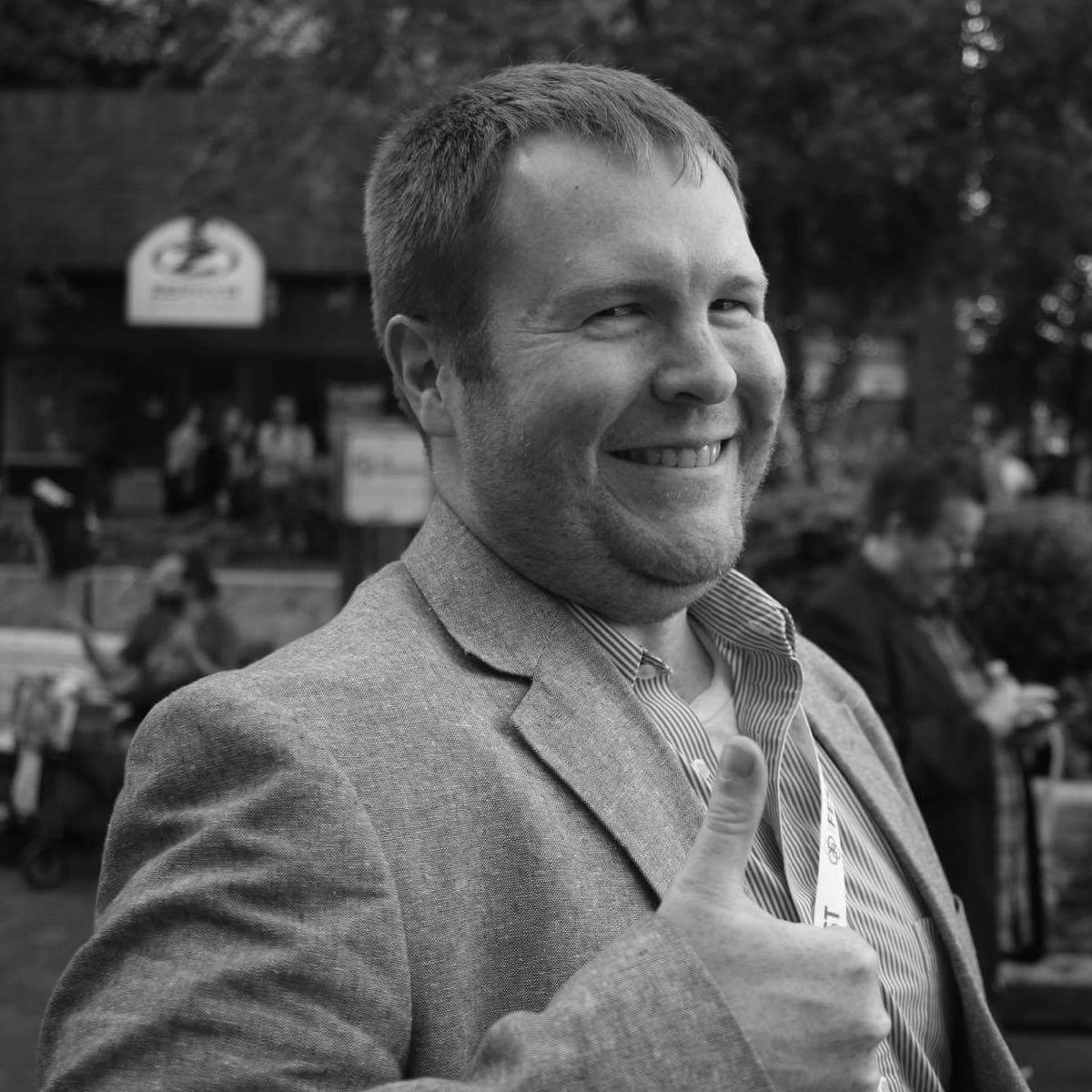Mario Livio
Brilliant Blunders
ISBN: 978-1-4391-9237-5
Most of the books I review in this series are strictly business or entrepreneurship focused. I read a great deal of historical non-fiction as well, but those books don’t really fit the purpose of the blog. However, when history meets innovation, the opportunity for a cross-over event can’t be missed. Mario Livio’s Brilliant Blunders is a book written by a scientist about scientists, but there were a number of important lessons that can be translated over into the world of business and entrepreneurship.
The first major lesson that I took away from the book was that of the “one-hit wonder.” I see “one-hit wonder syndrome” happen frequently with entrepreneurs and especially with investors, where they make one amazing decision and then ride the wave for years – sometimes decades – under the impression or delusion that everything they touch turns to gold. People suffering from “one-hit wonder syndrome” tend to ignore new information or changes in trends, and some are unwilling to change what they are doing even if they are working against their own interests. I contrast this with “shiny new thing syndrome,” where one is constantly drawn to the newest person or project, regardless of the viability of the new thing. Those who embrace the old but pivot with the new tend to have the best outcomes, both in business and in science.
Something that seemed to work for many of the scientists highlighted in the book that is a staple of entrepreneurship is a willingness to go against the crowd, either due to the data available or simply a gut feeling that something needs to be done. Many of the advancements from which we benefit today involved someone or a group of people going against the grain. When I teach my students how to interpret the information they collect during customer discovery, I suggest they think broadly about the answers they receive. Sometimes this thinking involves current technology, but much of the time, I encourage them to think about what could exist if they had unlimited time or funding. Much of the time, they utilize a current piece of technology or a current consumer product in a different way than it was designed and make it their own with minor modifications as a minimum viable product.
I also saw the battle between closed and open systems – a constant issue in the world of organizations. Over my entire career, I’ve fought against closed systems and siloed organizations. During the period highlighted in the book, there were major scientific discovery competitions between countries and between institutions in the same country, which led to significant siloing of information. This mindset still persists in large organizations where competition between departments can lead to closed systems and the hoarding of information and resources. In the programs I run, I aim to create a culture of openness and collaboration, especially between startups who aren’t in the same industry. We probably could have advanced science and technology faster if not for siloed organizations decades ago, and those who worked around the silos tended to have better outcomes.
While the book isn’t terribly long, I thought it was packed with an amazing amount of content. Most of the scientists mentioned should be familiar to the general public, Charles Darwin and Albert Einstein in particular. I knew of the other three who were discussed but didn’t realize the magnitude of the work done by those scientists. If this book were the basis for a scientific history class in college, I would have registered for the class in a heartbeat.
Overall, 8/10, would recommend for those interested in learning from mistakes made by some of science’s greatest minds. Even the greatest thinkers in modern history make mistakes – some were able to recover from those mistakes and others were not. This can easily be translated to the world of entrepreneurship – just because you make a mistake does not mean that your career is over. The reaction and pivots you make after learning new information can be the difference between future success and failure. Read this book for the science, read it for the history, or read it because it’s a great weekend read.
